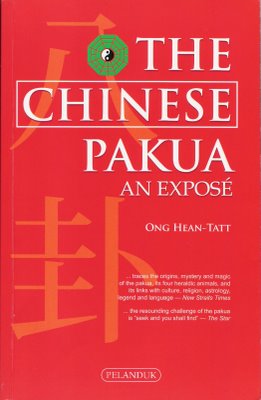
Alex Tang
Articles
- General
- Theology
- Paul
- Karl Barth
- Spiritual Formation
- Christian Education
- Spiritual Direction
- Spirituality
- Worship
- Church
- Parenting
- Medical
- Bioethics
- Books Reviews
- Videos
- Audios
- PhD dissertation
Spiritual writing
- e-Reflections
- Devotions
- The Abba Ah Beng Chronicles
- Bible Lands
- Conversations with my granddaughter
- Conversations with my grandson
- Poems
- Prayers
Nurturing/ Teaching Courses
- Sermons
- Beginning Christian Life Studies
- The Apostles' Creed
- Child Health and Nutrition
- Biomedical Ethics
- Spiritual Direction
- Spiritual Formation
- Spiritual formation communities
- Retreats
Engaging Culture
- Bioethics
- Glocalisation
- Books and Reading
- A Writing Life
- Star Trek
- Science Fiction
- Comics
- Movies
- Gaming
- Photography
- The End is Near
My Notebook
My blogs
- Spiritual Formation on the Run
- Random Musings from a Doctor's Chair
- Random Sermons from a Doctor's Chair
- Random Writings from a Doctor's Chair
- Random Spirituality from a Doctor's Chair
Books Recommendation
---------------------
Medical Students /Paediatric notes
 Ong Hean-Tatt (2007), The Chinese Pakua: An Expose, Kuala Lumpur: Pelanduk Publications
Ong Hean-Tatt (2007), The Chinese Pakua: An Expose, Kuala Lumpur: Pelanduk Publications
Dr Ong presented some interesting conclusions from his extensive study of the Chinese Pakua. The Pakua is a powerful mystical symbol of the Chinese. The circular eight-side diagram, often with a central mirror (or yin-yang symbol) hung over doors of Chinese homes to ward off evil. Its origin remains a mystery.
Ong postulates that the Pakua originates from Mesopotomia, the origin of human beings and is a device for recording the historical origins of the Chinese people. The Chinese people were from Akkadia in Mesopotamia and migrated to China overland after the Tower of Babel incident in the Bible. The ‘Gammadion Four Directions’ design of the Pakua is a symbol of the Garden of Eden with its four rivers. The ‘Four Heraldic Animals’ arrangement of the Pakua indicated the worship of Shang-Ti, the Supreme and only God, surrounded by His four major angels.
The ancient Chinese were monotheistic until the Eastern Chou period (771-256 BC) where polytheism was introduced. This monotheism occurred because the Chinese came from the same region as the Hebrews people.
Other evidences were
• Chinese pictograms are similar to the Sumerian writings and also contain amazing descriptions of the legends of Creation, the Flood and the Tower of Babel suggesting a similar origin.
• The Chinese Pakua’s astrology is circumpolar which is similar to the Hebrew-Biblical stars system suggesting they both originated from ancient Babylon (subsequent astrology was elliptical).
• The Magic Square symbol of the Chinese Pakua is similar to the Hebrew Kabala Sigil of Saturn.
• The Chinese Ganzhi system of twenty-two symbols is the precursor of the twenty-two Hebrew Sofrot alphabets of the Hebrews.
Ong also suggests that the Nine Emperor Gods Pakua is a memorial of the time of the nine patriarchs of the Bible; Adam to Lamech (Noah was the tenth). The eight-family of the Pakua are the eight members of Noah’s family who survived the Flood. The Five-Poisons Pakua (the Dragon Boat Festival) is an ancient memory of the Tower of Babel where a war was fought to destroy Nimrod. The 5th Day of the 5th Moon, also known as the Summer Solstice, is a day for human sacrifices. The Dragon Boat races are apparently held for accidents to happen and people to die. This day is equivalent to the time of Saturnalia and May Pole Dance. The Kadazans of East Malaysia also have their harvest festivals around the same time, which in the past also meant head hunting. “This day is evidently some very ancient memory among many cultures of a universal event of a great evil.”
As in his earlier book, Ong reiterated that the Chinese dragon or ‘lung’ was not the limbless ‘Biblical serpent-dragon’ but a limbed-winged holy seraphim of God! This is an interesting book that bears further study. Ong is making a case that the Chinese people were originally monotheistic and that the Chinese Pakua contains symbols of Biblical history. However throughout its long history it has acquired occultist properties and powers.